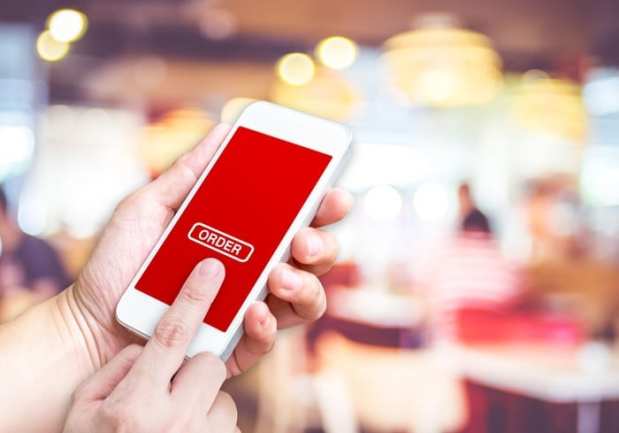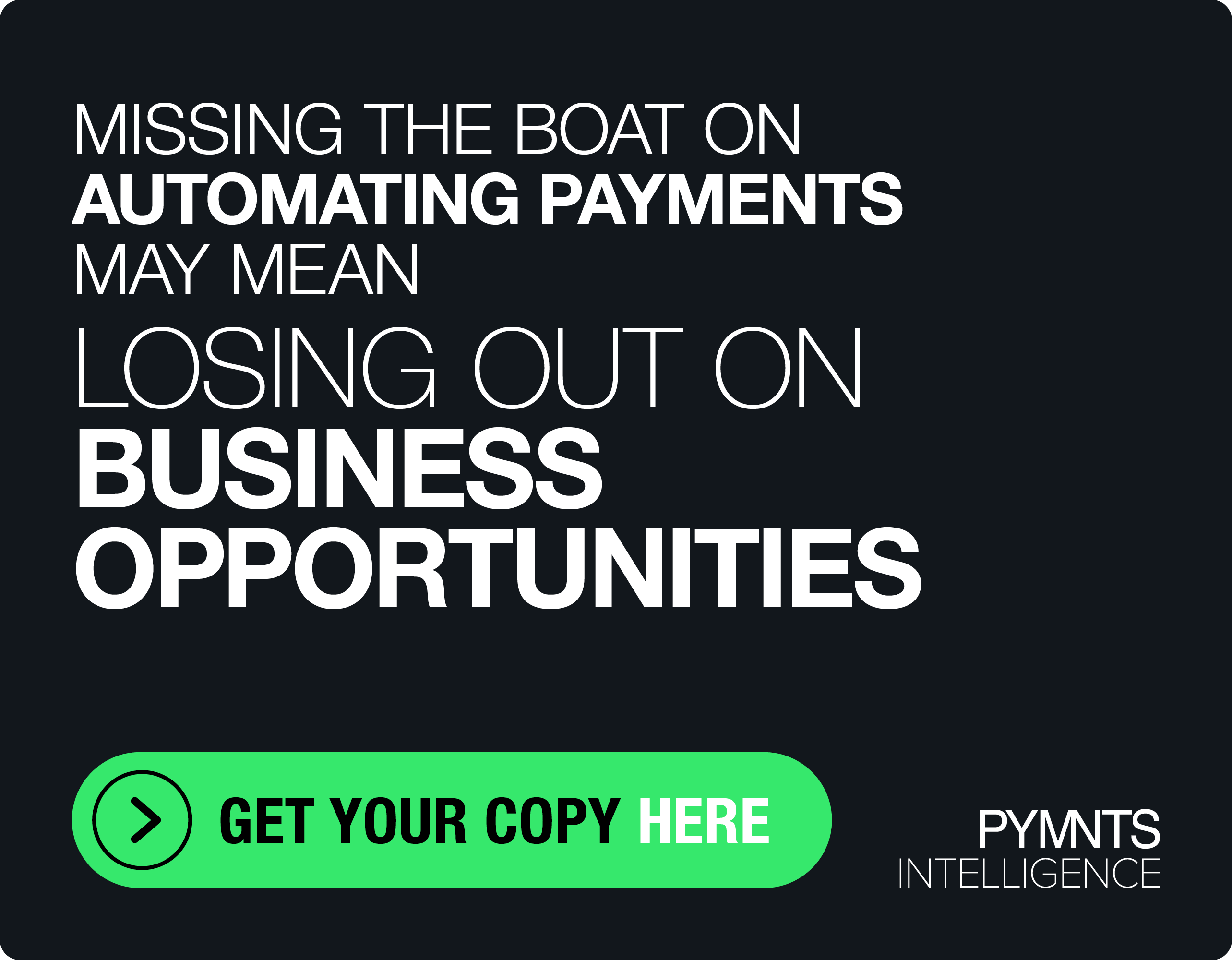How QSRs Are Tapping Into Order-Ahead Solutions In The Mobile Age

With customers trading the counter for mobile apps, quick-service restaurants (QSRs) are experiencing mobile order-ahead growth. Amid these shifting consumer preferences, these chains are taking a mobile-first approach as they reconsider how they communicate with their diners in the age of digital technology.
At the same time, the PYMNTS Mobile Order-Ahead Tracker notes that consumers aren’t as willing to accept clunky payment and ordering experiences with the expansion of brand and mobile ordering interaction. As a result, these businesses have to keep their experiences smooth, safe and invisible. “Any hiccup could be enough to send users to competing apps, particularly as they grow accustomed to faster payments and more robust mobile order-ahead offerings,” the report said.
From QSRs such as Starbucks to third-party platforms such as QuickBite, QSRs and technology providers are upping their mobile order-ahead game. These are just some of the ways that these firms are adding new payment and ordering features to the mobile order-ahead marketplace:
More than half — or 52 percent —of consumers would mobile order food from workplace cafeterias if given the option. At the same time, some ResTech mobile order-ahead offerings are allowing office workers to place orders from nearby restaurants. Peach, for instances, enables restaurants to take orders from groups of office workers, and generates lunch orders in the morning. The aim behind the platform is to help restaurants tap into technology to generate incremental revenue with the facilities and capacities they already have. “It’s all about getting more out of the assets that you have already installed in the kitchen,” Peach, Inc. CEO Nishant Singh said in an interview with PYMNTS.com last year.
Starbucks saw a 14 percent increase in loyalty membership during Q1 2019. In a recent earnings call, Starbucks touted its increased digital sales in addition to cold beverages and healthier menu offerings as key drivers of growth during the quarter. The company also noted its loyalty rewards program’s enrollment reached 16.3 million. Starbucks CEO Kevin Johnson said at the time, “This result was driven by leveraging our increased digital reach, as well as a more seamless customer onboarding experience, greater mobile-order and pay adoption, and enhanced personalization features. Between digitally registered and active [rewards] customers, we are now approaching 30 million digital connections in the U.S.”
Six out of every 10 digital food orders are now made via mobile apps. QuickBite, for instance, helps diners place orders at both food trucks and restaurants. Diners can use the platform by opening the company’s Android or iOS app and selecting a restaurant to see its menu along with pictures. They then can proceed to a checkout screen to pay via debit card, credit card or Apple Pay. The order, in turn, is then sent to an establishment and diners can pick up their orders by showing their order screen or telling the establishment their names. As it stands, the app has halal and pita trucks on the platform as well as restaurant options ranging from Cajun food to Chinese takeout.
The Burger King app has been downloaded 1.5 million times since the chain launched the $0.01 Whopper offer in December 2018. And, in an international market, Burger King Russia teamed up with WebMoney Transfer to allow digital payments using an eWallet per a WebMoney announcement. Through the offering, diners scan a quick response (QR) code shown on the cash register for an instant transaction. Burger King Russia CEO Dmitry Medovy said in the announcement, “We appreciate the popularity of the WebMoney system in Russia and, therefore, we feel that it is essential that we provide our visitors with an opportunity to pay for their orders by any convenient method of their choice.” WebMoney Transfer noted that the system is available for pharmacies and supermarkets as well as other venues as it stands.
Twelve million customers have used Pizza Hut’s mobile app since its launch in 2017. At the same time, it was reported in December that the pizza chain planned to acquire online ordering software and service provider QuikOrder. The company is no stranger to the chain, having worked with Pizza Hut U.S. for close to two decades. And, by purchasing QuikOrder’s online ordering capabilities, Pizza Hut said it would accelerate digital innovation across its more than 6,000 restaurants in the U.S. and improve its ability to deliver a personalized online ordering experience. In a press release, Pizza Hut U.S. President Artie Starrs said, “We’re also gaining access to an immensely talented group of developers and digital innovators. Together, we can more quickly provide breakthrough products and convenient services to our customers that will allow for better franchise economics over the long term.”
From Pizza Hut to Peach, innovative firms are rolling out payment and ordering features to serve diners in the mobile age. Going forward, however, QSRs need to strike a careful balance between on-location and digital orders to pave the way for seamless dining experiences for their customers.
